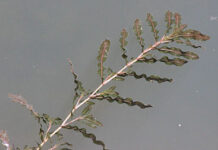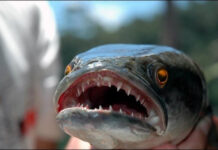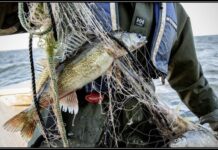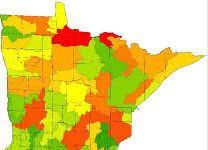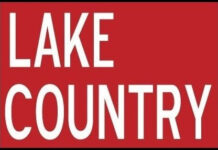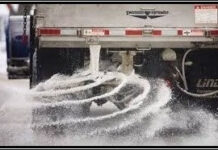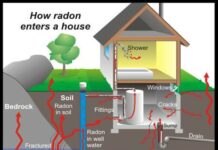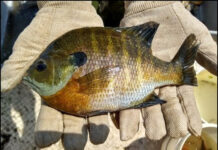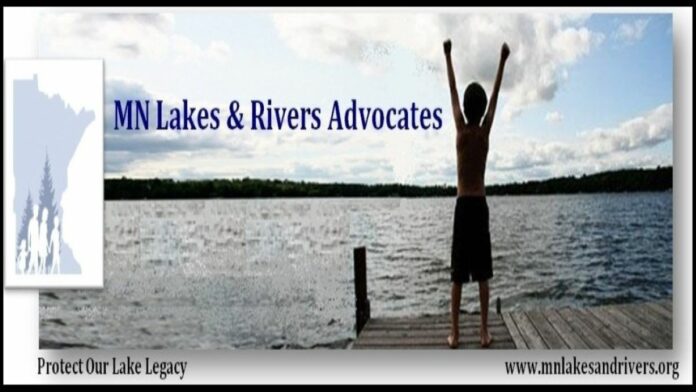Concordia Lake Association Study Confirms – Lake Associations Make Huge Contributions to Lakes
Published by Jeff Forester on Mon, 10/02/2017 – 16:50
Lake Associations are the largest (more than 200K), most generous ($6.2 million annually), most dedicated (1.2 million volunteer hours annually) conservation group in Minnesota. But these are just some of the astonishing findings of the Concordia Lake Association Study.
Executive Summary
This report provides empirical data on who Minnesota lake associations are, the scope of the lake conservation activities that they engage in, the major concerns they have, and the main hurdles they face. Survey methodology was used to gather data from 250 respondents, representing 186 different lake associations in Minnesota. Methods of analysis included descriptives, frequencies, and correlations.
Examination of descriptive statistics and frequencies revealed the following:
● Most Minnesota lake associations were formed in the 1960s and 70s. The main reason for forming a lake association is the preservation/protection of the lake. Specifically, the top goals most lake associations have are to control aquatic invasive species (AIS) in the lake and to improve the quality of the lake water.
● Most lake associations in our sample report that their members are motivated to reach the lake association’s goals and welcome membership by anyone interested in the welfare of the lake, not just owners of lake properties.
● Most lake associations have 100-400 members and 10 or more board members. Even though about half of lake association board members have expertise in specific lake conservation areas such as fisheries and/or AIS, only about 5% of them are able to contribute to legislation affecting the lake.
● Collectively, the 500+ Minnesota lake associations donate about $6.25 million, annually, to the care of Minnesota’s lakes.
● Collectively, the 500+ lake associations in Minnesota contribute about 1.2 million volunteer hours annually to lake conservation activities, including AIS inspection, attendance of meetings, water quality testing, and community education/outreach activities.
● The top 3 concerns of lake associations in Minnesota are: AIS, overall water quality, and runoff control.
● Most respondents agree or strongly agree that their associations face hurdles in becoming more engaged in lake conservation activities.
● The top 3 challenges that Minnesota’s lake associations face as they work on achieving their goals are: Inadequate member participation (i.e. the needs far exceed the available human capital), not being heard/taken seriously by the DNR, and the aging population of lake property owners.
● Most respondents do not agree that their lake associations are authentically included in the lake planning process.
● Most respondents do not feel that their lake associations have real authority over the lake.
● Most respondents do not think that the DNR has sufficient lake management policies in place.
Qualitative data, obtained from observations at field visits, email and phone communications, and an open-ended survey question, revealed that AIS, lack of communication with the DNR, managing water quality, and engaging members are major concerns of many lake associations. Lake association members assert that AIS infestations greatly impact their lives and are eager to engage in more collaborative conservation efforts with the DNR. Miscommunications about decisions affecting the lake and about allocation of funds may result in the projection of major concerns and hostilities directly toward the DNR.
The report concludes that Minnesota’s lake associations play a crucial role in protecting and managing Minnesota’s lakes and recommends more communication and collaboration between policy makers and lake associations.
Read the full report here: Minnesota’s Lake Associations: Who They Are and What They Do
For more information:

